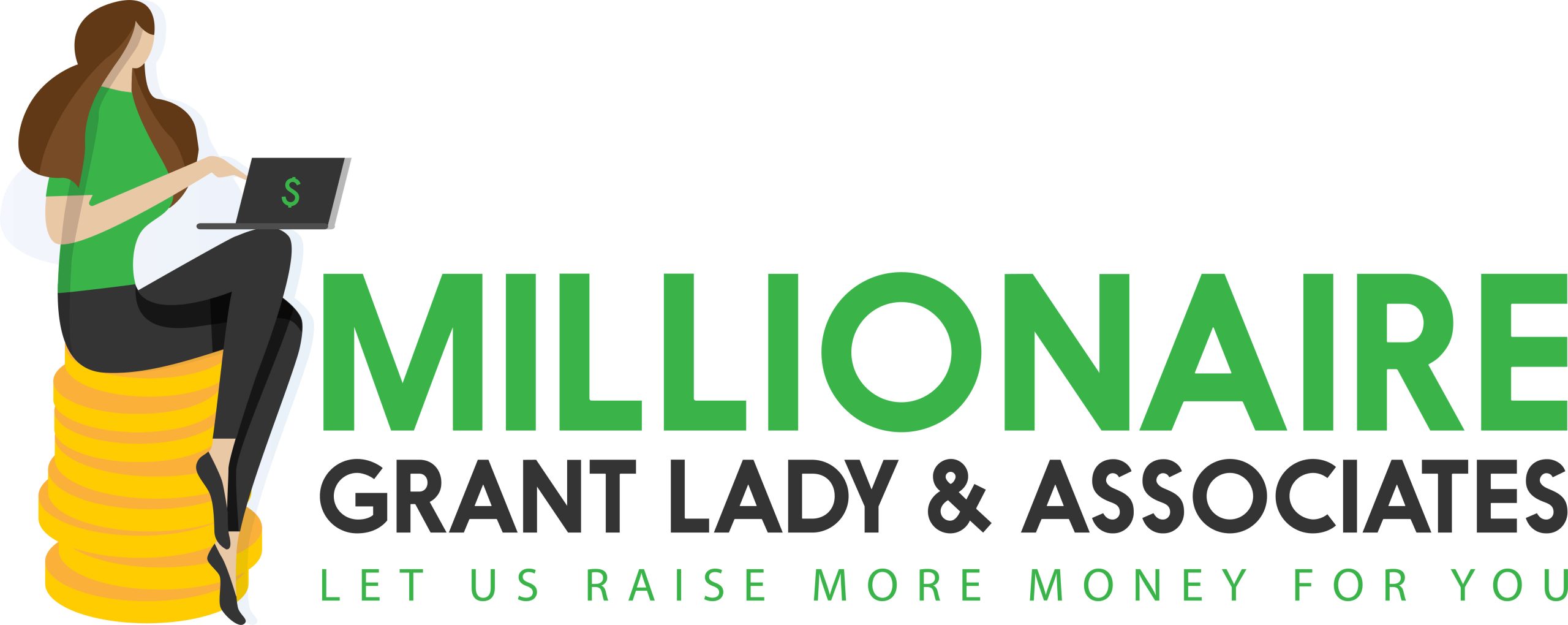Organizations helping child abuse survivors have a mission that resonates with most of the general public. You have to be heartless to not want to help child abuse survivors. Protecting children is something instinctual within most of us. Yet, many child abuse organizations that I talk to lack grant funding.
There are two primary types of grant funding for child abuse organizations:
- government funding
- private foundation funding
Many of the child abuse organizations that I work with do receive government grant funding. This is wonderful! However, this funding has a lot of strings and difficulties. Organizations also need enough operating cash on hand to float their expenses while waiting to be reimbursed by the government. Government funding is also at-risk with changing political priorities or legislative budget cuts. In my career, I have seen government funding cut mid-grant cycle many times. This sends organizations into “emergency mode” to keep their programs going. It also will generally not grow in a significant way to fund great program growth or innovation.
I recommend private foundation grant funding for child abuse organizations for three reasons:
- It provides operating cash while you wait for government reimbursements. It can help “keep the lights on and the doors open.”
- It is more flexible and you can ask for money for what YOU want to do (instead of what the government wants you to do).
- It can fund growth and innovation, and it can generally grow at most nonprofits.
Let me share with you the secrets to increasing your private grant funding.
Step 1: What do you need funding for?
This is an obvious first step but it cannot be skipped. Are you looking to supplement your existing operations? Do you want to hire people? Do you want the program to grow? Do you want to pilot something new? Do you need to cover administrative costs?
You need to know what you want to do so that you can position your program appropriately, find the right funders, and build the right budget.
Step 2: What makes you and what you want to do unique? Why should someone support you?
There is a lot of competition in the grant world. Grants are capitalism at work in the non-profit sector. The organizations with the best ideas or the best grants win and they starve out the organizations that don’t compete. Some industry leaders have referred to this phenomenon as the “non-profit hunger games” in reference to the popular books and movies.
This is the dirty secret not shown on the late-night infomercial. You know the infomercial that talks about the “millions of grant dollars out there that nobody is taking”? It’s not true. There is a lot of competition for that money. The best competitors win.
To be successful, you have to think about what sets your program apart. Why should someone fund you and not someone else? I often judge a grant application by if it makes me want to open my wallet and write a check myself. You have to “sell” your organization and your program to the reader. You do that with your unique selling points and what sets your organization apart.
Step 3: Position Your Program
Now that you know what you want to fund and why should someone fund you, you need to position your program in the most attractive light. Again, a grant is a competition. You want every advantage in this competition. How you present your program is vital to its likelihood of funding. For example, you would rarely want to position a grant application as “please fund me so I can hire XYZ staff position”. Instead, you would want to position a grant application as “this is an opportunity for you to reduce child abuse in our area”.
Another important point about positioning is this: Do NOT beg for money. Instead, offer an opportunity to invest in reducing child abuse or helping survivors overcome their trauma.
In addition to how attractive your program is, you also need to think about how attractive your organization is. Funders will look at more than just your application. It is vital that your overall organization is an attractive applicant, with an attractive website, clean audits, and good marketing. I developed an Attractiveness Quotient survey to measure this for the organizations that I work with.
Step 4: Develop Your Materials
Now that you know how to position your program, it’s time to start developing your basic applications. If foundations in your area use a Common Grant Application, that is a great document to guide you. In general, you must develop the following materials for grant applications:
- Executive Summary or Abstract– This is the hook to draw the reviewer in and may be the key part of your application that determines if they fund you or not.
- Statement of Need– This includes a “perfect middle” amount of data and facts to convey the need for your program without causing the reader’s eyes to glaze over from statistics.
- Project Description– This tells how your organization, with the foundation’s support, will address the needs identified in the prior section.
- Goals and Evaluation– This is how you and the foundation will know if your project is successful and includes specific, measurable, time-sensitive goals.
- Conclusion– This identifies for the foundation their opportunity to reduce child abuse by partnering with your organization.
- Budget– This outlines what it costs to operate your program. When done with an expert, the budget includes other costs that can benefit your organization like funding to “keep the lights on”.
- About Us– This gives more information about your organization overall, and why you are an attractive partner for the foundation.
- Required Attachments– Which may include your organization budget, financial statements, audits, Form 990, Board of Directors, and IRS designation letter.
Remember to keep your proposals persuasive so that you don’t bore the reader to death and are a competitive applicant!
Step 5: Identify Your Prospects
After you have your materials together, it is time to identify potential funders. This requires a search of foundations, reviewing their Form 990s and determining which foundations are a fit.
When looking at if a foundation is a fit, you need to look at:
- the geography of where they are funding
- the types of organizations and causes they are funding
- their typical grant size
- the types of funding they do (capital, operating, pilot projects, etc).
The next step, if it is possible, is very important. If they list a phone number, then call the funder! Talk to them before you send a proposal. This will help increase your success.
Step 6: Submit Proposals
Now that you have identified the funders, and talked to them if you can, it is time to send them a proposal. Be sure to follow their proposal guidelines completely. Make sure to include all their required attachments. Most importantly, do NOT miss the deadline!
Step 7: Keep In Touch
Remember to keep in touch with your funders. Do not treat a foundation like a money tree. They are real people. Show gratitude.
I have developed Core Cultivation campaigns to keep in touch with foundations. This is vital to increasing your grant success rate and your grant award amounts over time.
So How Long Does This Take?
The bad news: It is a significant time investment to do all of these steps. It can take weeks or even months to accomplish all of this, especially depending on how many other projects you are trying to do simultaneously. Nonprofit leaders do wear many hats!
If you don’t have the time or the brain space to do this all yourself, Millionaire Grant Lady is here to help. With more than $46 million in awarded funding to-date, we can help you complete all of these steps and start increasing your grant funding. We can also save your most valuable resources– time and brain space– by taking care of all the details for you.


